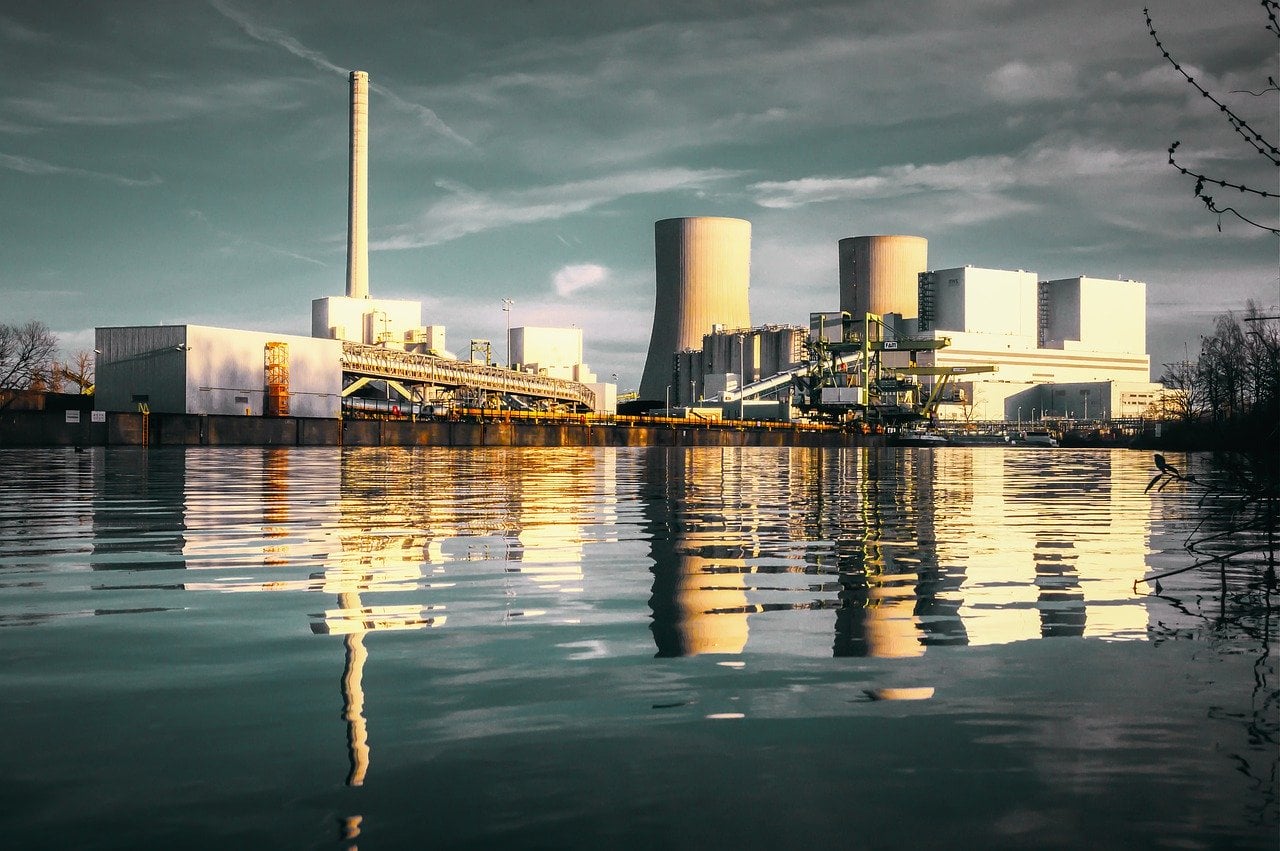S&P Global Ratings’ Michael Wilkins offers comment as the Paris Agreement turns “5” this Saturday
Q3 2020 hedge fund letters, conferences and more
What The Paris Agreement Has Achieved So Far
With the UNFCCC celebrating the 5th anniversary of the Paris Agreement this Saturday, Michael Wilkins, Global Head of Research and Analytics, Sustainable Finance, S&P Global Ratings, offers his thoughts on what the historic pact has achieved so far, and the challenges ahead:
He said: “When I attended COP21 five years ago, it was not clear the degree or durability of impact the newly-signed Paris Agreement would have in spurring us towards long-term decarbonisation. In Paris, the reaction was euphoric – but the markets’ response was markedly muted, with carbon, coal, and oil prices virtually undisturbed. Five years on, where are we now?”
“There is much to celebrate in terms of the impact it has had thus far: sweeping net-zero commitments from countries and corporates alike; the exponential growth of the green finance market which we estimate is likely to surpass US$300 billion in annual issuance this year; visible divestment from fossil fuels; the scaling up of climate ambitions to pursue a more ambitious 1.5˚C global warming limit; and more recently, President-elect Biden’s pledge to revoke the US’s withdrawal from the Agreement, as well as China’s aim to hit “peak carbon” by 2030. But, critically, we are not currently on track for even the original 2˚C target.”
Largest Drop In Greenhouse Gas Emissions Due To Lockdowns
He added: “As we highlighted following COP21, scenarios consistent with 1.5˚C degrees and 2˚C degree trajectories would overlap until 2020, and thereafter diverge. We are now at that tipping point. The direction we take will be partly influenced by COVID-19 pandemic recoveries. Global lockdowns have provided short-term relief with largest drop in greenhouse gas emissions in twelve years and have altered the three core drivers of emissions – macroeconomics, behaviours, and policy – that combined, will lower energy sector CO2 emissions by 27.5 gigatons over the next thirty years.”
“That said, just meeting the 2˚C target will require over 10 times this reduction and we expect emissions to rebound as economies do. What it does show us, however, is that sizeable emissions reductions are possible – and recent net-zero policy targets announced by the EU, South Korea and the US provide a glimmer of hope as even if not wholly fulfilled, we could see emissions curtailed by several gigatons in these countries. Substantial green investment that both funds defined environmental objectives and adheres to established guidelines will be crucial to maintaining the markets’ confidence in supporting this global decarbonisation effort.”





